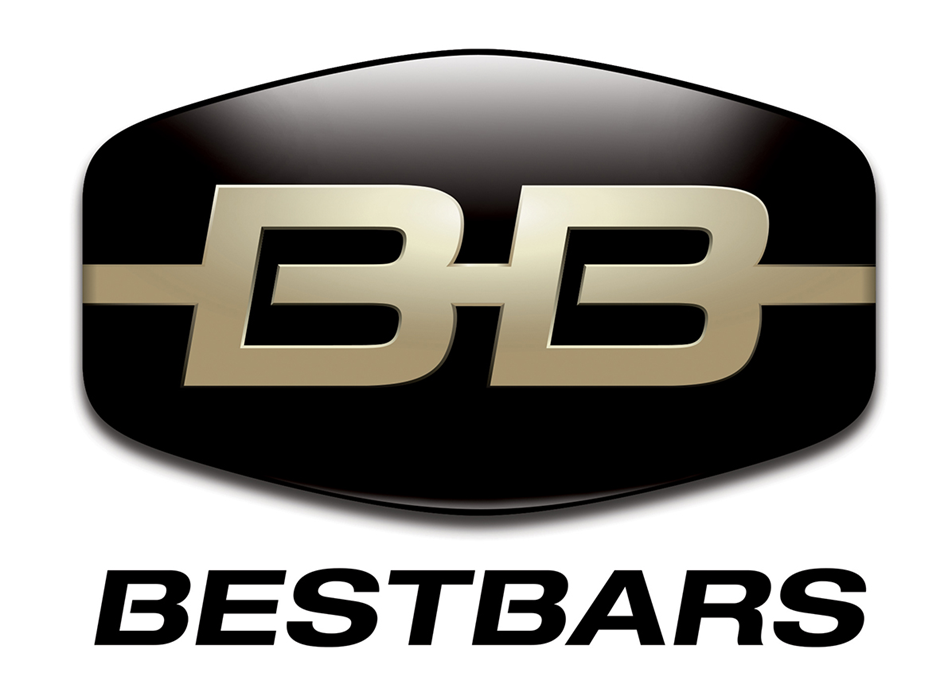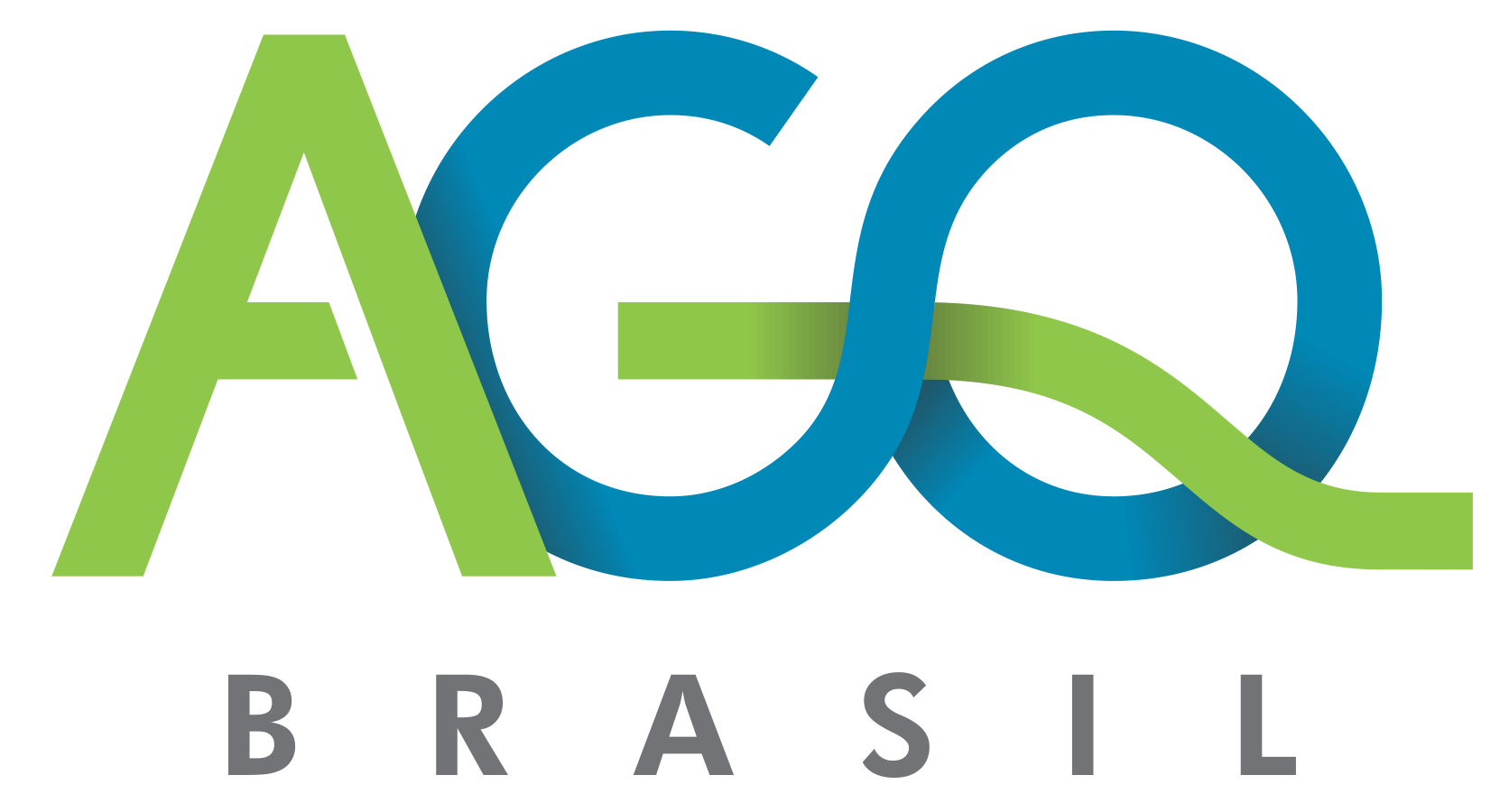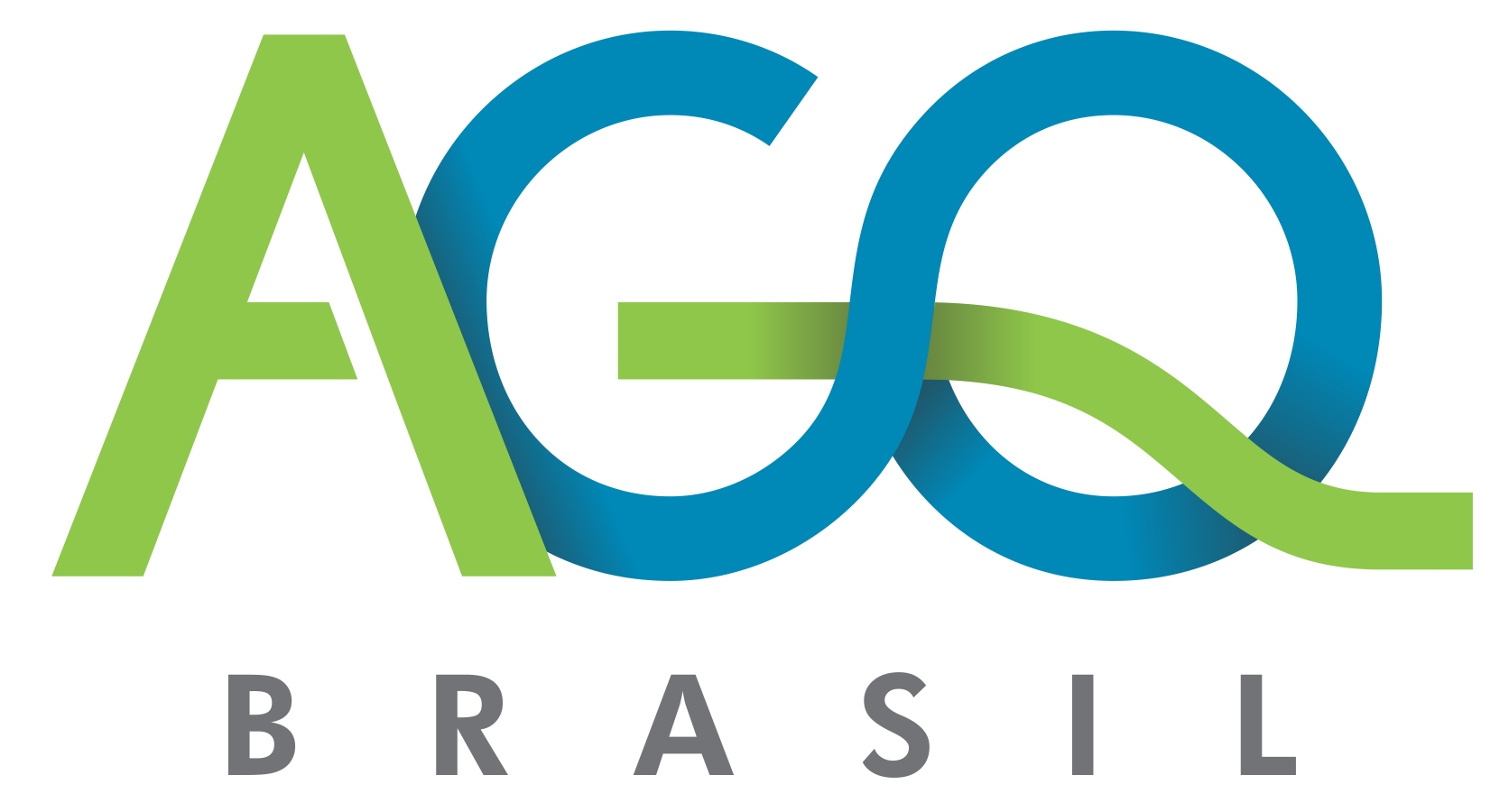Information
-
Audit No.
-
Audit Title
-
Client / Site
-
Conducted on
-
Prepared by
-
Personnel
4 Context of the Organisation
4.1 Understanding the Organisation and its Context
-
NOTE 1 Understanding the external context can be facilitated by considering issues arising from legal, technological, competitive, market, cultural, social, and economic environments, whether international, national, regional or local.
NOTE 2 Understanding the internal context can be facilitated by considering issues related to values, culture knowledge and performance of the organization. -
The organization shall determine external and internal issues that are relevant to its purpose and its strategic direction and that affect its ability to achieve the intended result(s) of its quality management system.
-
Has Best Bars determined external and internal issues relevant to its purpose and strategic direction?
-
Do these Issues affect the ability to achieve the intended result of the QMS?
4.2 Understanding the needs and expectations of interested parties
-
Due to their impact or potential impact on the organization’s ability to consistently provide products and services that meet customer and applicable statutory and regulatory requirements, the organization shall determine:
a) the interested parties that are relevant to the quality management system;
b) the requirements of these interested parties that are relevant to the quality management system. -
Has Best Bars determined what interested parties are relevant to the QMS?
-
Has Best Bars determined what requirements those parties have that are relevant to the QMS?
-
Has Best Bars determined the impact or potential impact?
-
The organization shall monitor and review the information about these interested parties and their relevant requirements.
-
Does Best Bars monitor and review the information about interested parties and their relevant requirements?
4.3 Determining the scope of the quality management system
-
The organization shall determine the boundaries and applicability of the quality management system to establish its scope.
-
Has Best Bars set the boundaries and applicability of the QMS been used to establish the scope of the organization?
4.4 Quality management system and its processes
5 Leadership
5.1 Leadership and commitment
5.1.1 Leadership and commitment for the quality management system
5.1.2 Customer focus
5.2 Quality policy
5.2.1
5.2.2
5.3 Organisational roles, responsibility and authorities
6 Planning for the Quality Management System
6.1 Actions to address risks and opportunities
6.1.1
6.1.2
6.1.2.1 Product design skills
6.2 Quality objectives and planning to achieve them
6.2.1
6.2.2
6.3 Planning of changes
7 Support
7.1 Resources
7.1.1 General
7.1.2 People
7.1.3 Infrastructure
7.1.4 Environment for the operation of processes
7.1.5 Monitoring and measuring resources
7.1.6 Organizational knowledge
7.2 Competence
7.3 Awareness
7.4 Communication
7.5 Documented information
7.5.1 General
7.5.2 Creating and updating
7.5.3 Control of documented information
7.5.3.1
7.5.3.2
8 Operation
8.1 Operational planning and control
8.2 Determination of requirements for products and services
8.2.1 Customer communication
8.2.2 Determination of requirements related to products and services
8.2.3 Review of requirements related to products and services
8.3 Design and development of products and services
8.3.1 General
8.3.2 Design and development planning
8.3.3 Design and development inputs
8.3.4 Design and development controls
8.3.5 Design and development outputs
8.3.6 Design and development changes
8.4 Control of externally provided products and services
8.4.1 General
8.4.2 Type and extent of control of external provision
8.4.3 Information for external providers
8.5 Production and service provision
8.5.1 Control of production and service provision
8.5.2 Identification and trace-ability
8.5.3 Property belonging to customers or external providers
8.5.4 Preservation
8.5.5 Post-delivery activities
8.5.6 Control of changes
8.6 Release of products and services
8.7 Control of non-conforming process outputs, products and services
9 Performance Evaluation
9.1 Monitoring, measurement, analysis and evaluation
9.1.1 General
9.1.2 Customer satisfaction
9.1.3 Analysis and evaluation
9.2 Internal audit
9.2.1
9.2.2
9.3 Management Review
9.3.1
9.3.2
10 Improvement













